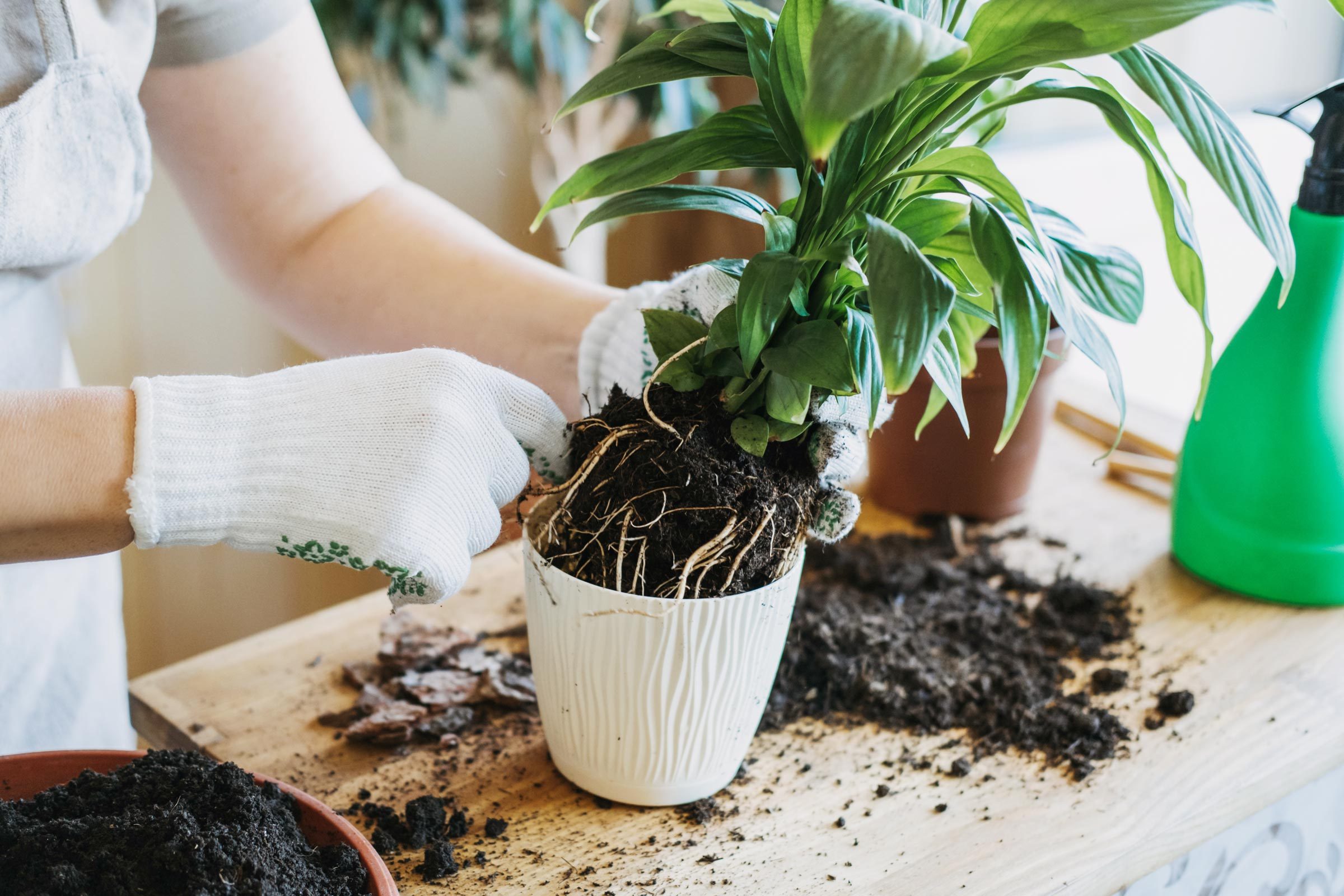Learn How To Select The Right Pot Size For Your Plants

In order to make sure your potted plants keep looking their best, you'll need to understand.
Choosing the right pot size for your plants is an important decision. After all, plants need enough room for their roots to grow and thrive. But it can be difficult to know what size pot to pick when you’re shopping for a new plant. Luckily, there are a few simple tips you can follow that will help you select the optimal pot size for your plants and roots.
Measuring
In order to make sure your pot fits correctly, familiarize yourself with the different measurements of pots that come in different shapes. Round pots are usually measured by the distance across the top of the container, but this does not always guarantee that their sizes are the same. Some pots are measured by the amount of soil they can hold, which is referred to as trade gallons.
Overpotting
When a plant is put in a pot that is too large for its size, it can suffer from the negative effects of overpotting. Though it may seem like giving a plant plenty of room to grow is beneficial, it can actually do more harm than good.
The potting mix in the pot will dry naturally, but it can be a slow process in large pots. Furthermore, this process is even slower in the winter due to cooler temperatures, high humidity, and frequent rainfall.
A plant’s root system is able to siphon up water quickly to meet its moisture requirements. The more leaves a plant has, the more extensive its root system, and the more water it is able to take up.
Sizing Up
Repotting
Almost all plants will need to be repotted at some point in their life cycle, so you'll want to familiarize yourself with the signs. "Growers may begin to notice that plants need to be watered much more frequently," she says. Also, if you check the drainage holes of your existing pot and notice roots are growing out of them, it's time to up-size. "How frequently plants need to be repotted will depend on the plant type, growth rate, and size," notes Barnett, adding that, in general, most plants will need to be transplanted into a new container once every two years.
